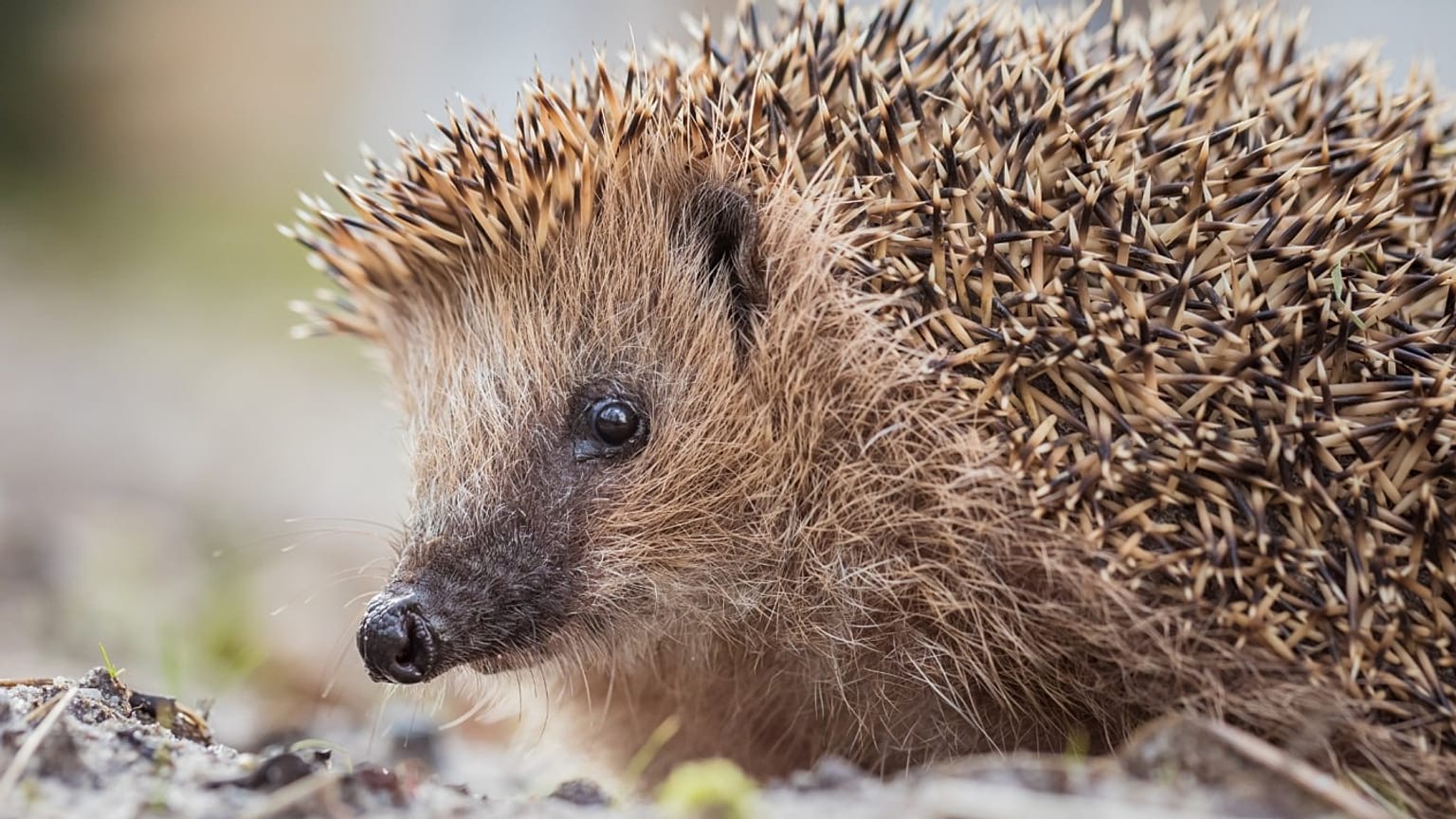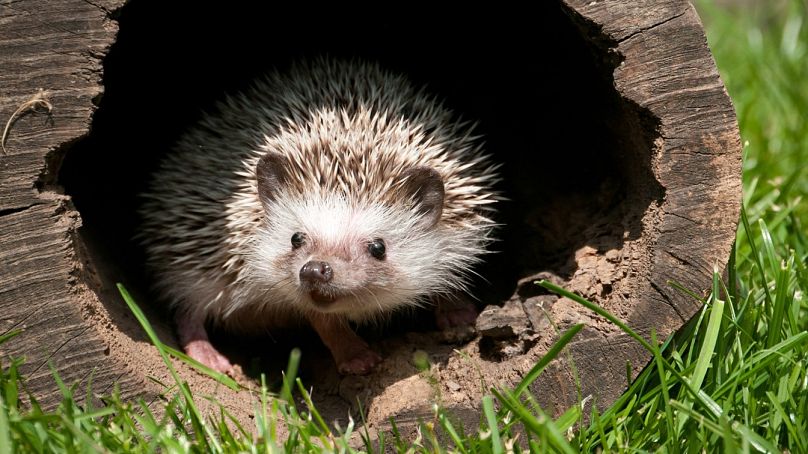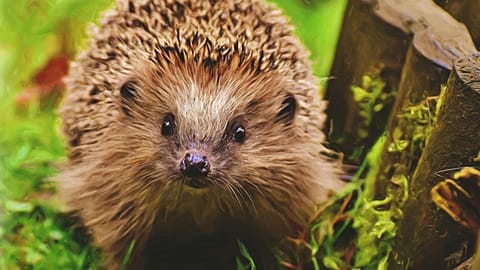Researchers cried ‘tears of joy’ at discovering the world’s oldest European hedgehog in a conservation study.
The world’s oldest European hedgehog has been found at a Danish volunteer project.
The posthumous discovery was the result of the Danish Hedgehog Project, a citizen science initiative that asked volunteers to collect dead hedgehogs in the name of conservation research.
During 2016, almost 700 dead hedgehogs were found in urban and rural areas across Denmark by over 400 volunteers. The hedgehogs were then analysed by scientists to determine their average lifespan.
They were shocked to discover that one of the hogs was 16 years old, making it the oldest scientifically documented European hedgehog ever found. The animal, which came from the central Danish town of Silkeborg, has been named Thorvald.
“I vividly remember the day when I counted 16 growth rings in the microscope. I was completely overwhelmed and even shed a tear of joy,” says Dr Sophie Lund Rasmussen, who led the University of Oxford research project.
“Because if a hedgehog can reach an age of 16 years, there is still hope for the population.”
Hedgehog populations are in decline across Europe. They have been placed on the red list of vulnerable species in the UK where studies suggest populations have fallen by around a third since the year 2000.
Elsewhere, there is limited data on hedgehog numbers, but a study that started in Bavaria, Germany, in the 1970s ended in 2015 due to a lack of specimens to study, indicating a sharp decline.
The data from the project will be used to inform wild hedgehog protection initiatives.
How can you tell the age of a hedgehog?
The researchers determined the age of the dead hedgehogs by counting growth lines in their jawbones, a method similar to counting growth rings in trees.
These growth lines develop during the animals’ winter hibernation when calcium metabolism slows down causing bone growth to also slow. One line represents one hibernation.
On average, European hedgehogs live for around two years. A small percentage will reach five years of age, according to the People’s Trust for Endangered Species. But 30 per cent of hedgehogs analysed in the study only made it to one year old.
Male hedgehogs were found to live an average of half a year (24 per cent) longer than females according to the study, despite being more likely to be killed in traffic during the July mating season.
This likely comes down to the fact it’s “simply easier being a male hedgehog,” explains Dr Lund Rasmussen. Since the animals are not territorial, males rarely fight, and the females raise their offspring alone.
The oldest specimen found prior to Thorvald was a nine-year-old female discovered in Ireland in 2014. Two other hedgehogs from the study also beat this record at 11 and 13 years old.
What threats do hedgehogs face?
According to the study, which was published in the journal Animals, 56 per cent of the hedgehogs analysed had been killed when crossing roads.
22 per cent died at a hedgehog rehabilitation centre following incidents like dog attacks, which was how Thorvald died. 22 per cent died of natural causes in the wild.
The older hedgehogs get, the better their chances of survival, says Dr Lund Rasmussen.
“Hedgehogs gradually gain more experience as they grow older,” she explains. “If they manage to survive to reach the age of two years or more, they would have likely learned to avoid dangers such as cars and predators.”
Habitat loss from causes like farming are also a major threat to hedgehogs, alongside poisoning from pesticides and other chemicals, and drought.
As populations decline, inbreeding among hedgehogs becomes more common. Although this can cause lethal hereditary conditions, it does not reduce their longevity, the Danish Hedgehog Project researchers found.
“That is a rather ground-breaking discovery, and very positive news from a conservation perspective,” says Dr Lund Rasmussen.
How can you make your garden hedgehog friendly?
Despite the threat of traffic, hedgehogs’ chances of survival are greater in urban areas where gardens, grasslands and green spaces act as refuges from the wider landscape.
While populations have declined by at least 50 per cent in rural areas of the UK, those in urban areas have stabilised and may even be recovering.
To support hedgehogs, neighbourhoods should try to join up green spaces by removing barriers for the animals. They can, for example, place small holes at the base of fences to give access to gardens. These are known as ‘hedgehog highways’.
People are also advised to avoid using chemical pesticides, such as slug pellets, in their garden.
Leaving a small area of your garden to grow wild creates spaces for hedgehogs to hide and search for food like worms and beetles. The small round creatures are not strong climbers, so removing hazards like steep-sided ponds and discarded netting can also help them survive.
Also consider placing hedgehog houses or hiding places, water and food - such as a meat-based dog or cat food - in your garden.
Taking part in local censuses, which ask citizens to register hedgehog sightings, can also help concentrate conservation efforts where they are most needed.



















